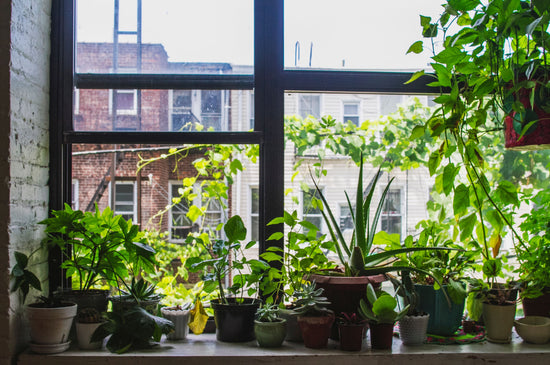Can Clematis Grow in Full Sun?
Clematis vines are one of the most versatile and rewarding plants you can grow, offering stunning clematis flowers in a wide range of colors, shapes, and sizes. While many gardeners associate clematis plants with partial shade, these climbers can thrive exceptionally well in full sun when given the proper care. In fact, full sun exposure often results in more abundant blooms, making clematis vine plants a fantastic choice for bright, sunny locations.

Why Full Sun Works for Clematis Plants
Clematis vines are sun lovers, with most varieties thriving when they receive at least 6–8 hours of direct sunlight daily. Full sun provides clematis flower plants with the energy needed for photosynthesis, leading to stronger growth and more prolific flowering. For large-flowered hybrids like Clematis ‘Jackmanii’ or Clematis ‘The President,’ full sun exposure enhances their vibrant colors and bloom size.
However, while the foliage and flowers benefit from sunlight, the roots of clematis plants prefer to stay cool. This dual preference is why many gardeners follow the adage: “Head in the sun, feet in the shade.”

How to Grow Clematis Successfully in Full Sun
- Protect the Roots: To keep the roots of your clematis plant cool, apply a thick layer of organic mulch, such as wood chips or shredded bark, around the base of the plant. Alternatively, plant ground covers like creeping thyme or low-growing perennials to provide natural shade.
- Water Consistently: Full sun can dry out soil quickly, so regular watering is essential. Deeply water your clematis vine at least once or twice a week during the growing season to ensure the roots stay hydrated.
- Choose Sun-Tolerant Varieties: Not all clematis vines thrive equally in full sun. Varieties such as Clematis montana and Clematis viticella hybrids are particularly well-suited to sunny locations. Explore more sun-tolerant options in our Clematis Collection.
- Fertilize Regularly: Clematis plants in full sun benefit from a balanced fertilizer during the growing season. Apply a slow-release fertilizer in early spring and again mid-season to encourage lush growth and blooming.

Additional Tips for Full Sun Clematis
- Support Growth: Clematis vines are climbers and need sturdy supports such as trellises, arbors, or fences. Position your support structure where it receives ample sunlight.
- Monitor for Stress: In regions with extremely hot climates, clematis plants may experience sun stress. If this occurs, consider providing afternoon shade with temporary shading structures or plant companions that cast light shadows.

Discover clematis varieties that thrive in full sun by visiting our Clematis Collection. Whether you're adding vertical color to your garden or brightening up a sunny wall, there's a perfect clematis vine plant for your needs.
FAQ: Can Clematis Grow in Full Sun?
Q: Will clematis flowers fade in full sun?
A: Some clematis flowers with pale hues, such as light pink or lavender, may fade slightly under intense sunlight. Vibrant varieties, like deep purples or reds, hold their color better in full sun.
Q: How can I prevent heat stress in clematis plants?
A: Ensure your clematis vine is well-watered and mulched. In extremely hot climates, provide afternoon shade or use heat-tolerant varieties.
Q: Can I grow clematis vines in full sun on a balcony or patio?
A: Yes, potted clematis plants can thrive in full sun if they’re watered frequently and provided with root protection.





